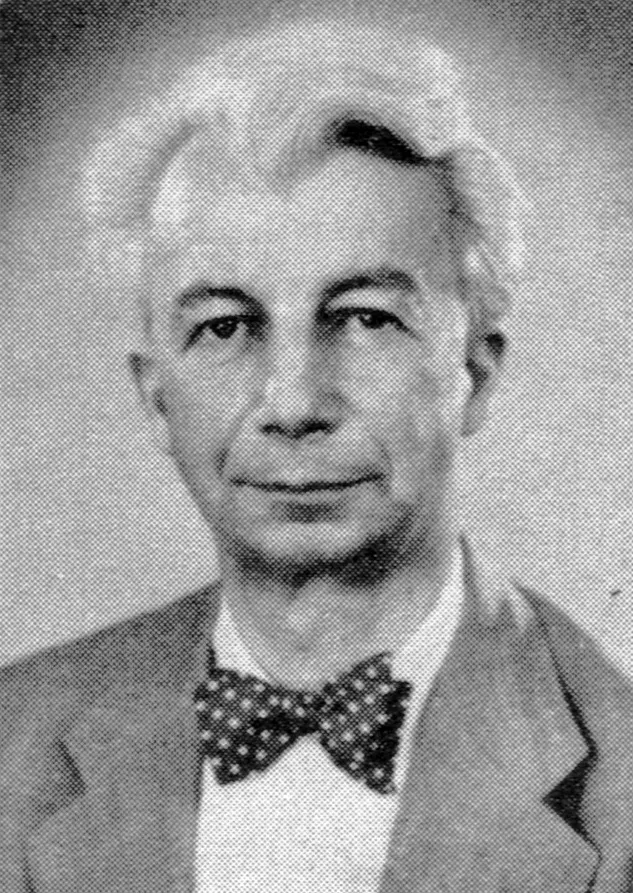In the late 1960s, IBM was one of the world’s pre-eminent corporations, employing over 250,000 people in 100 countries. While Paul Rand’s creative genius has been well documented, the work of the IBM staff designers who executed his intent outlined in the IBM Design Guide has often gone unnoticed.

